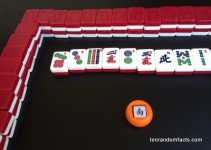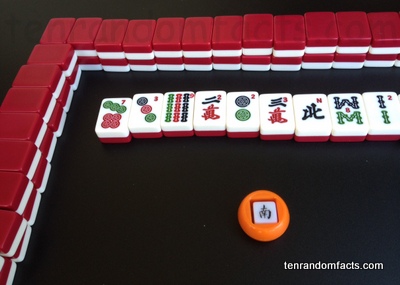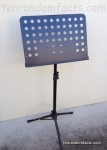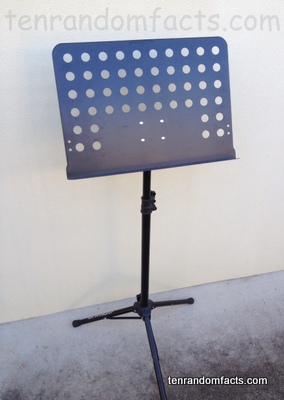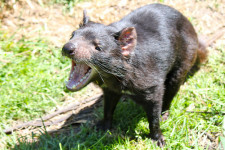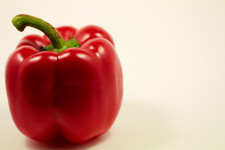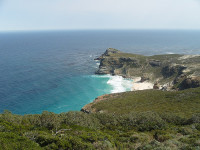
You better have a lot of hope when travelling the seas of the Cape of Good Hope.
- The Cape of Good Hope is a narrow, rocky piece of land that juts out into the South Atlantic Ocean, found in South Africa’s Cape Peninsula.
- The Cape of Good Hope is part of the Table Mountain National Park, and contrary to popular belief, is not actually the southernmost point of Africa, as that title goes to Cape Agulhas.
- ‘The Cape of Good Hope’ is also known simply as ‘The Cape’ and is known in Afrikaans as ‘Kaap die Goeie Hoop’.
- The Cape of Good Hope is regarded as particularly important by many sailors, as it is used as a reference point when sailing to Australia or East Asia.
- Bartolomeu Dias, an explorer from Portugal, was the first known person from Europe to discover the Cape of Good Hope, doing so in 1488, and named it ‘Cape of Storms’.
Cape of Good Hope
Image courtesy of Iryna Kuchma/Flickr
- The Da Gama and the Dias Crosses are situated on the Cape of Good Hope as beacons, and when the two are aligned they point towards a major water vehicle hazard known as ‘Whittle Rock’.
- Despite the bad weather that Bartolomeu Dias experienced at the Cape of Good Hope, John II of Portugal, the king who commissioned the initial expedition, renamed it as such to portray a more positive perspective on sailing to India.
- There are around 250 bird species, including penguins, that are found in the Cape of Good Hope vicinity, while other animals from zebras, deer, reptiles, antelopes, otters and rodents are also found in the area.
- Approximately 1100 native plant species populate the Cape of Good Hope, and includes large quantities of shrubby vegetation known as ‘fynbos’, like proteas, cone bushes and tree pincushions.
- By legend, the Cape of Good Hope is the haunted location of the ghostly ship The Flying Dutchman, which is said to be cursed so that it can never reach land.
Bibliography:
Cape of Good Hope, 2015, Pano, http://www.airpano.com/360Degree-VirtualTour.php?3D=cape-good-hope-rsa
Cape of Good Hope, 2015, Wikipedia, https://en.wikipedia.org/wiki/Cape_of_Good_Hope







